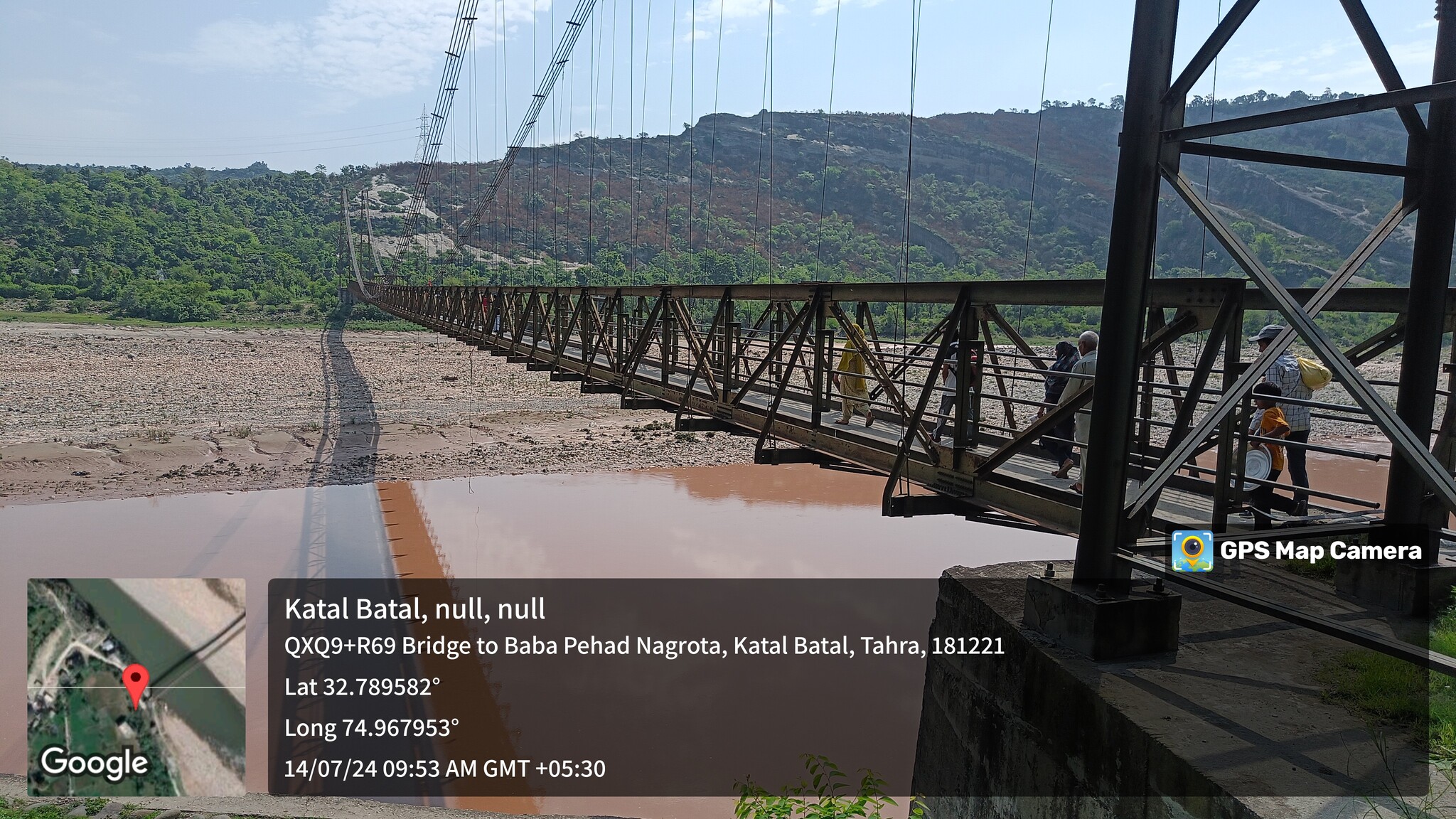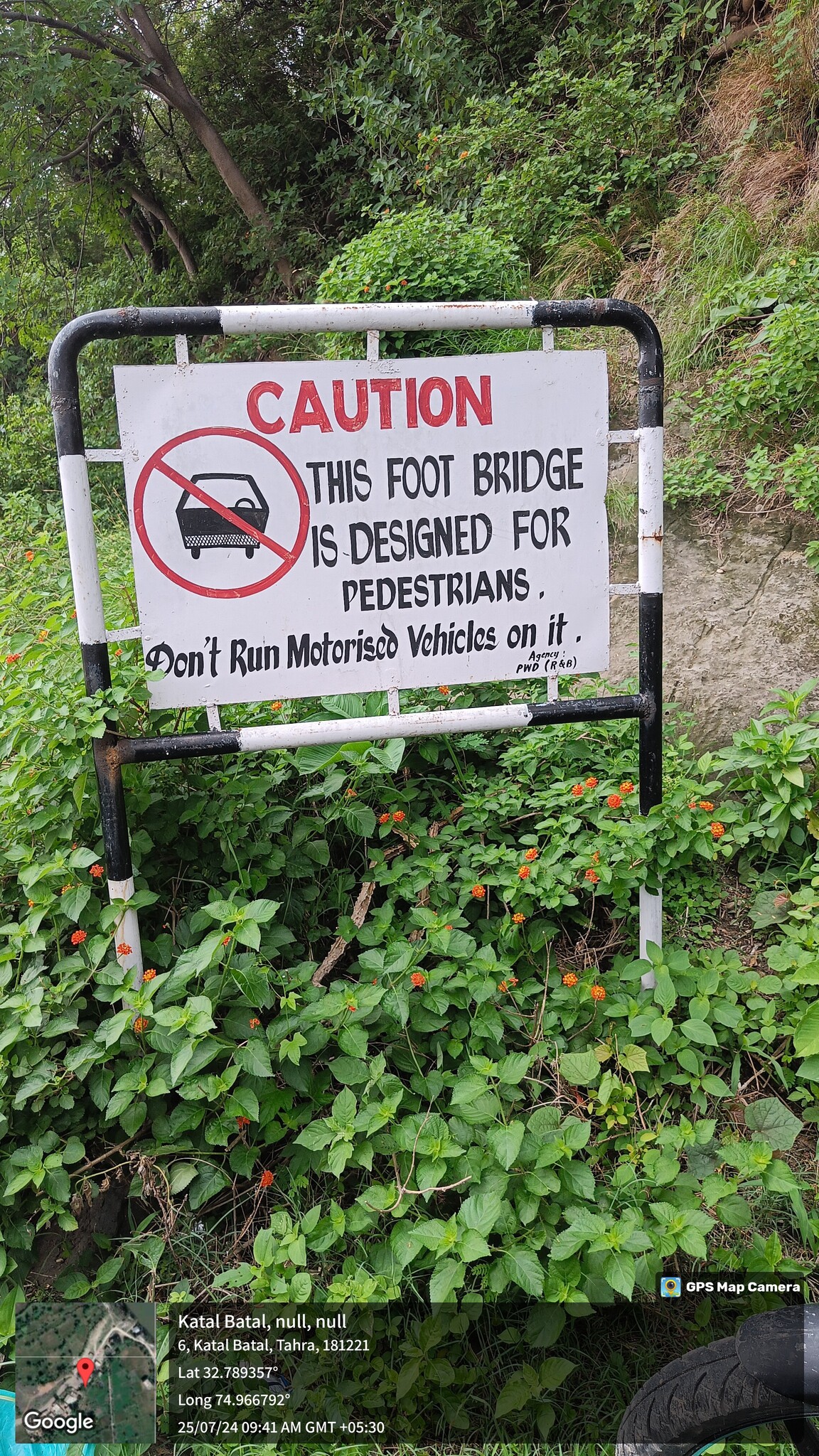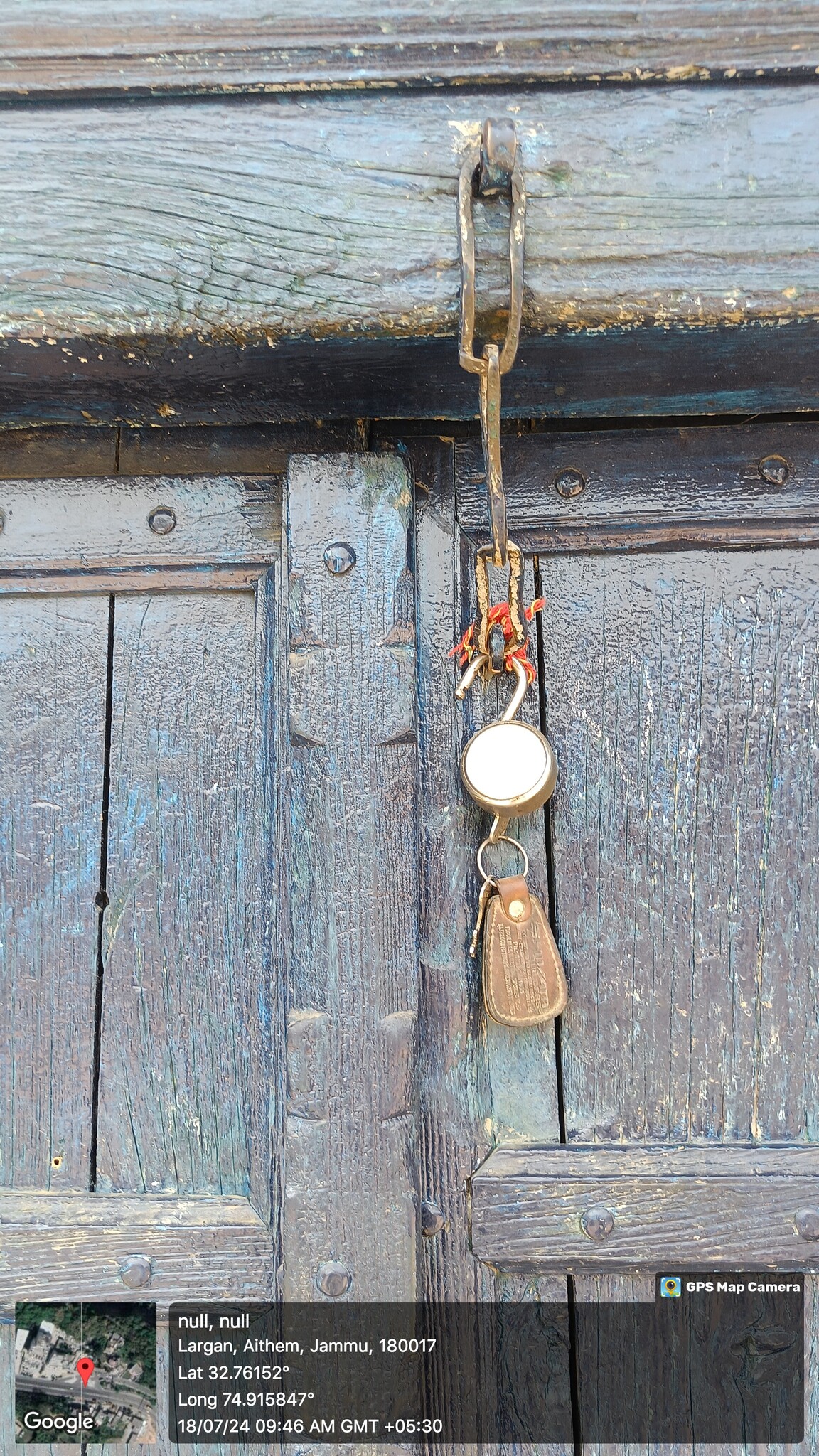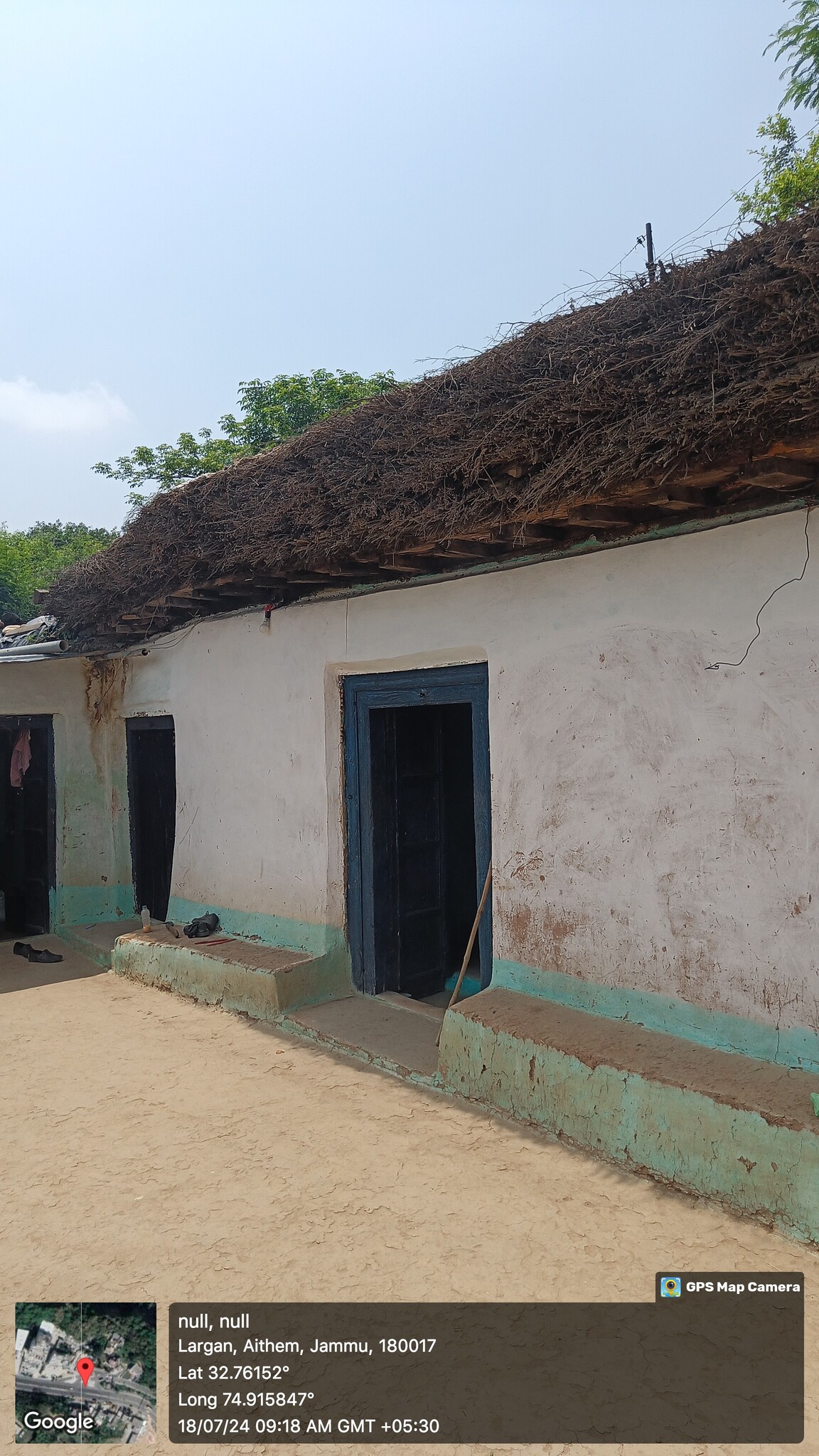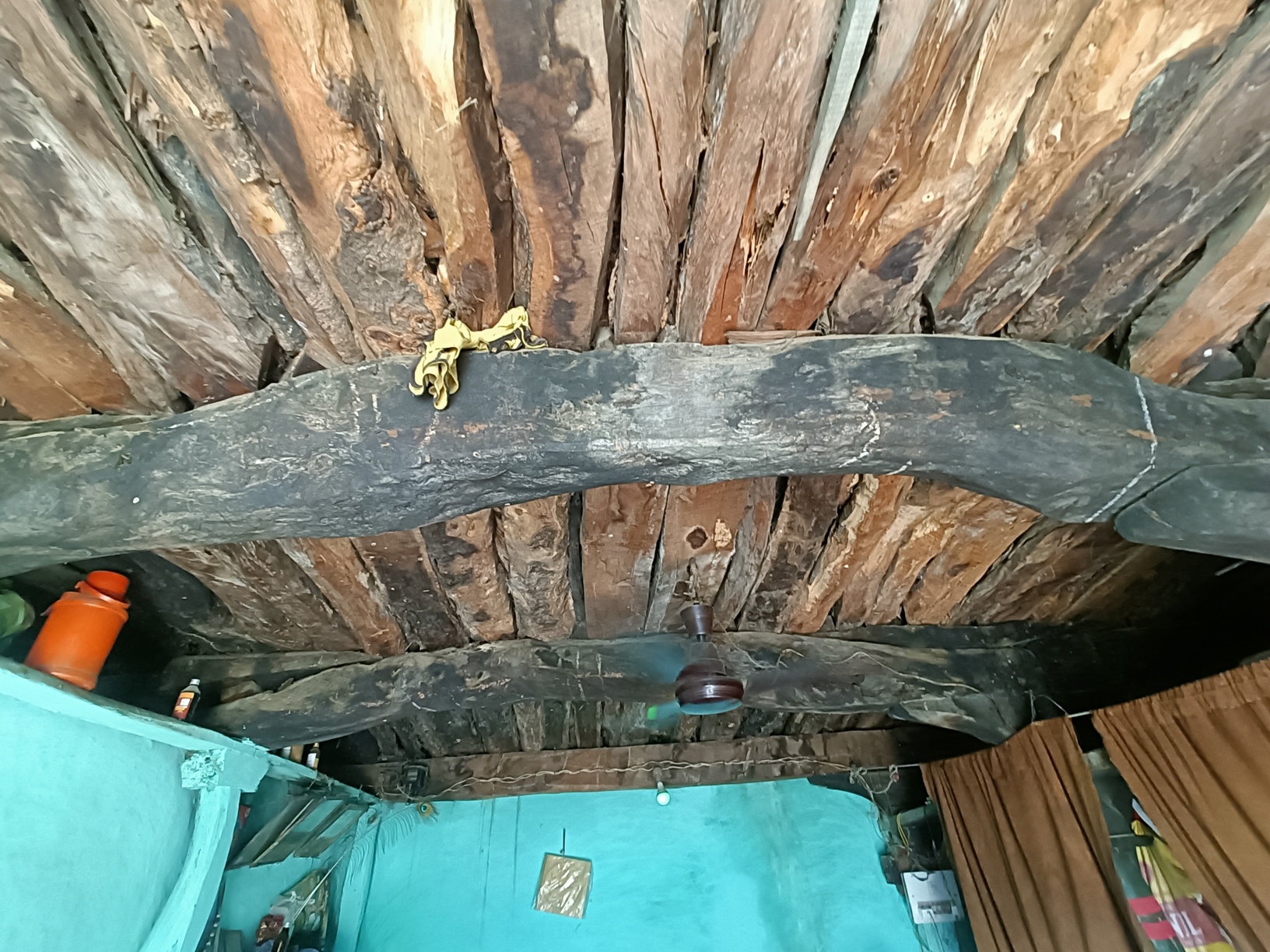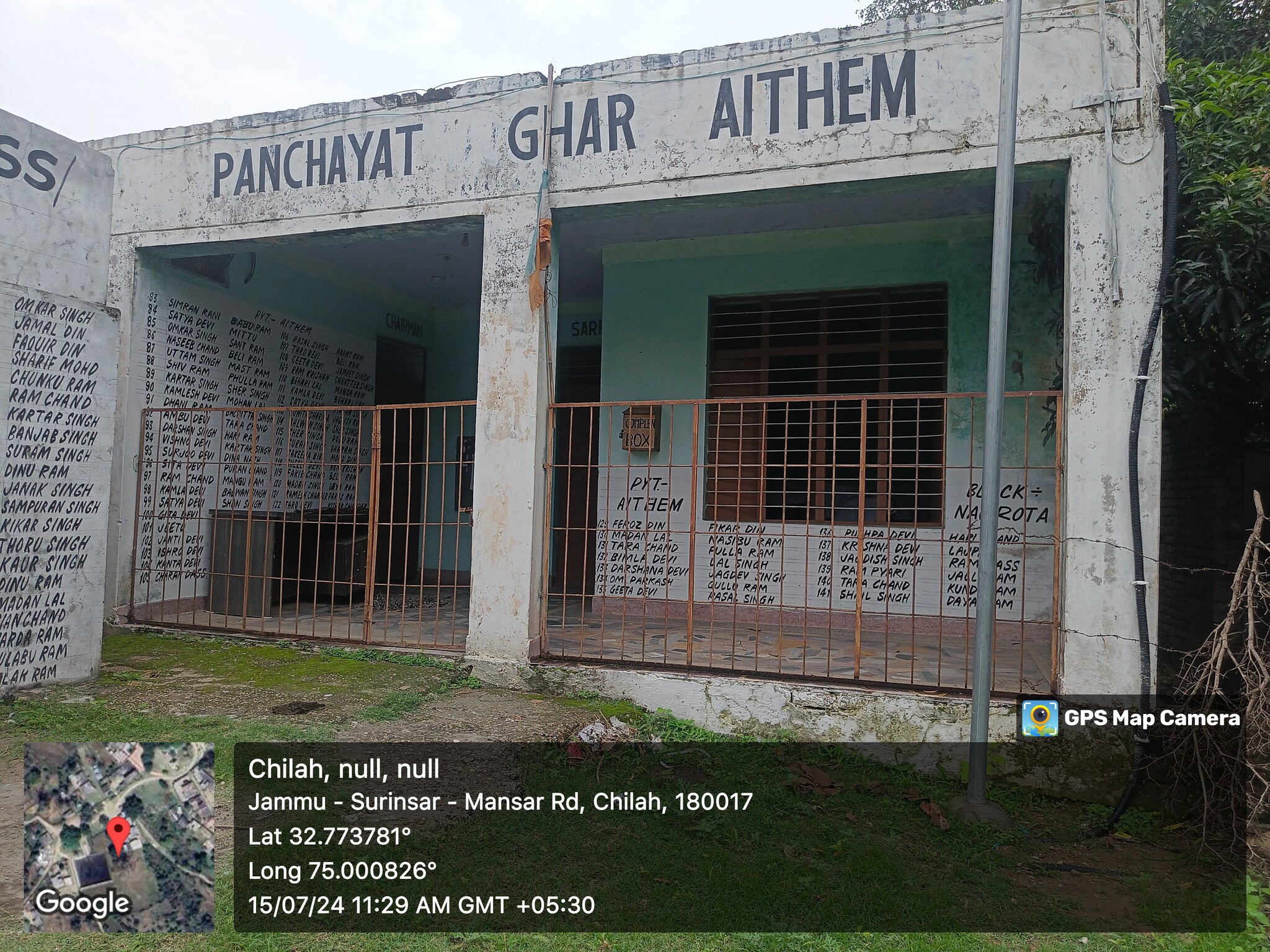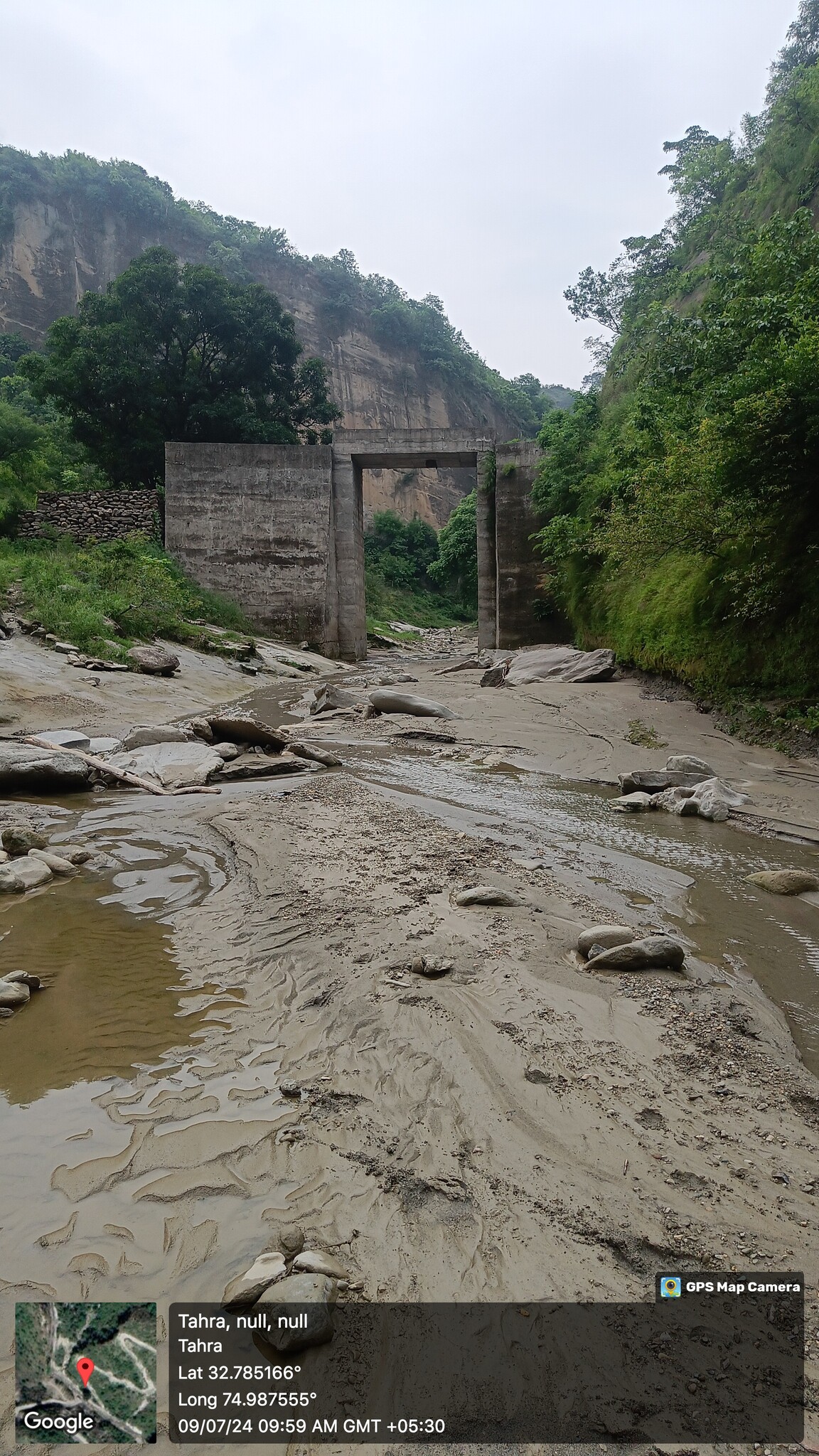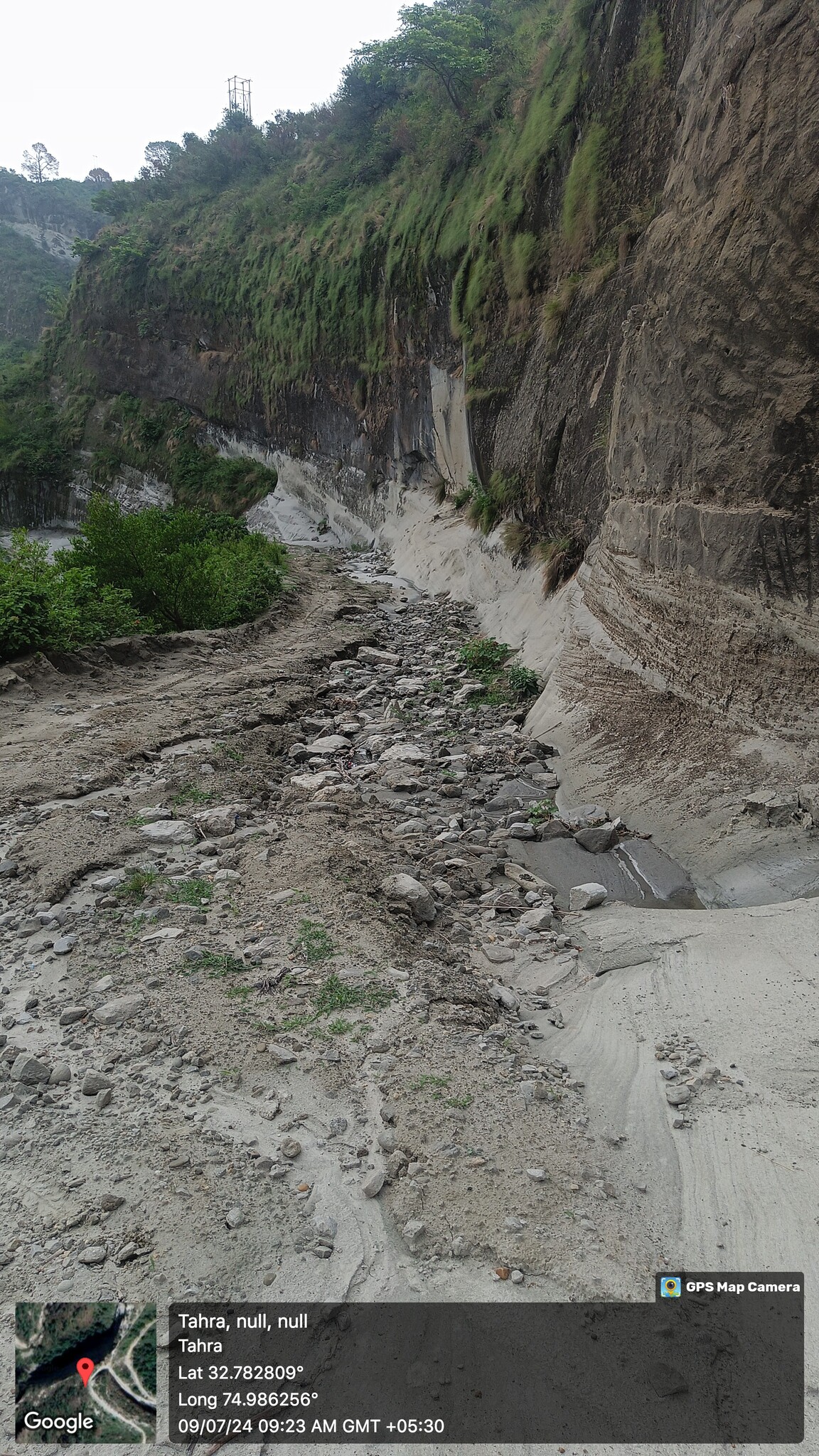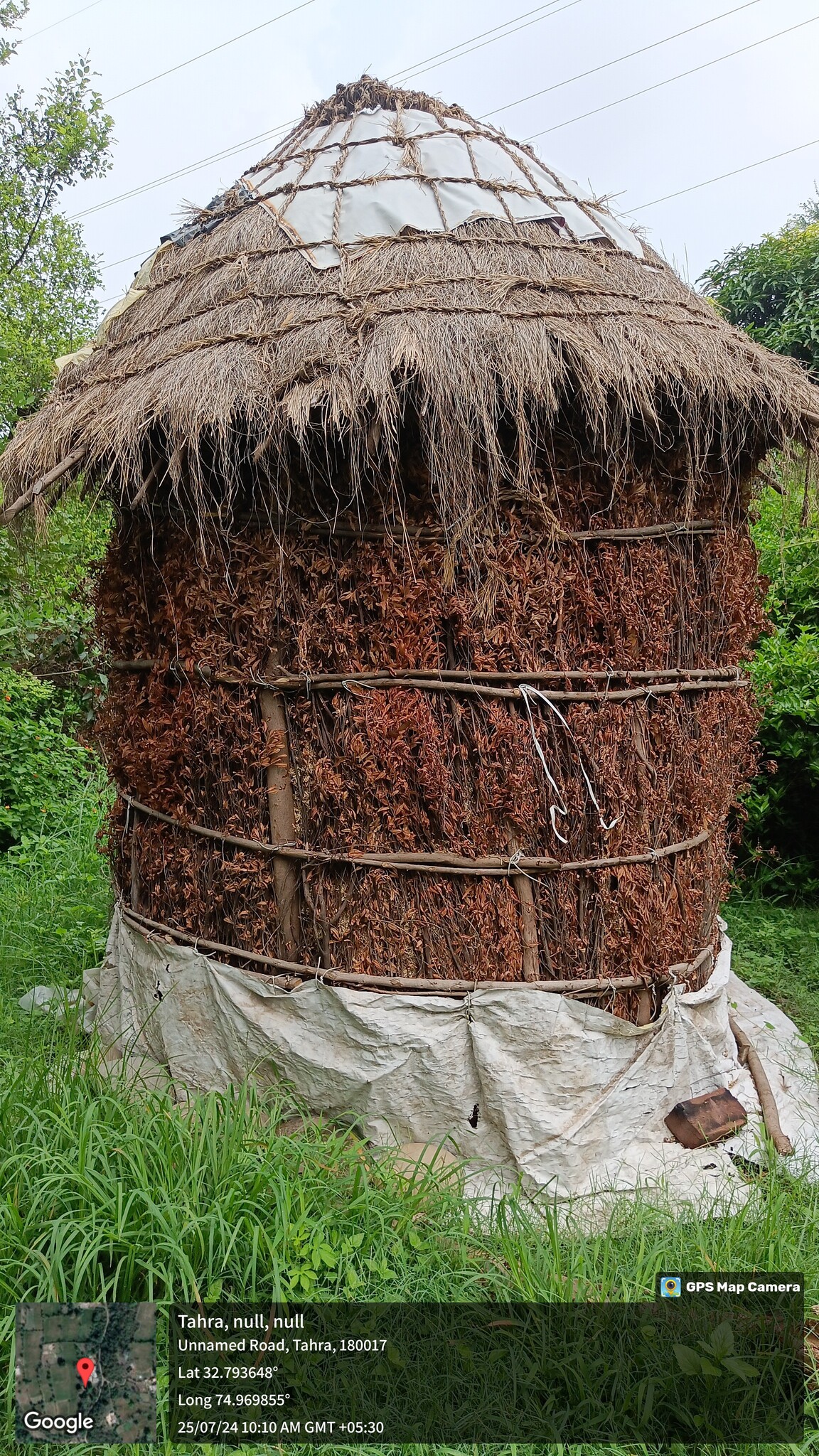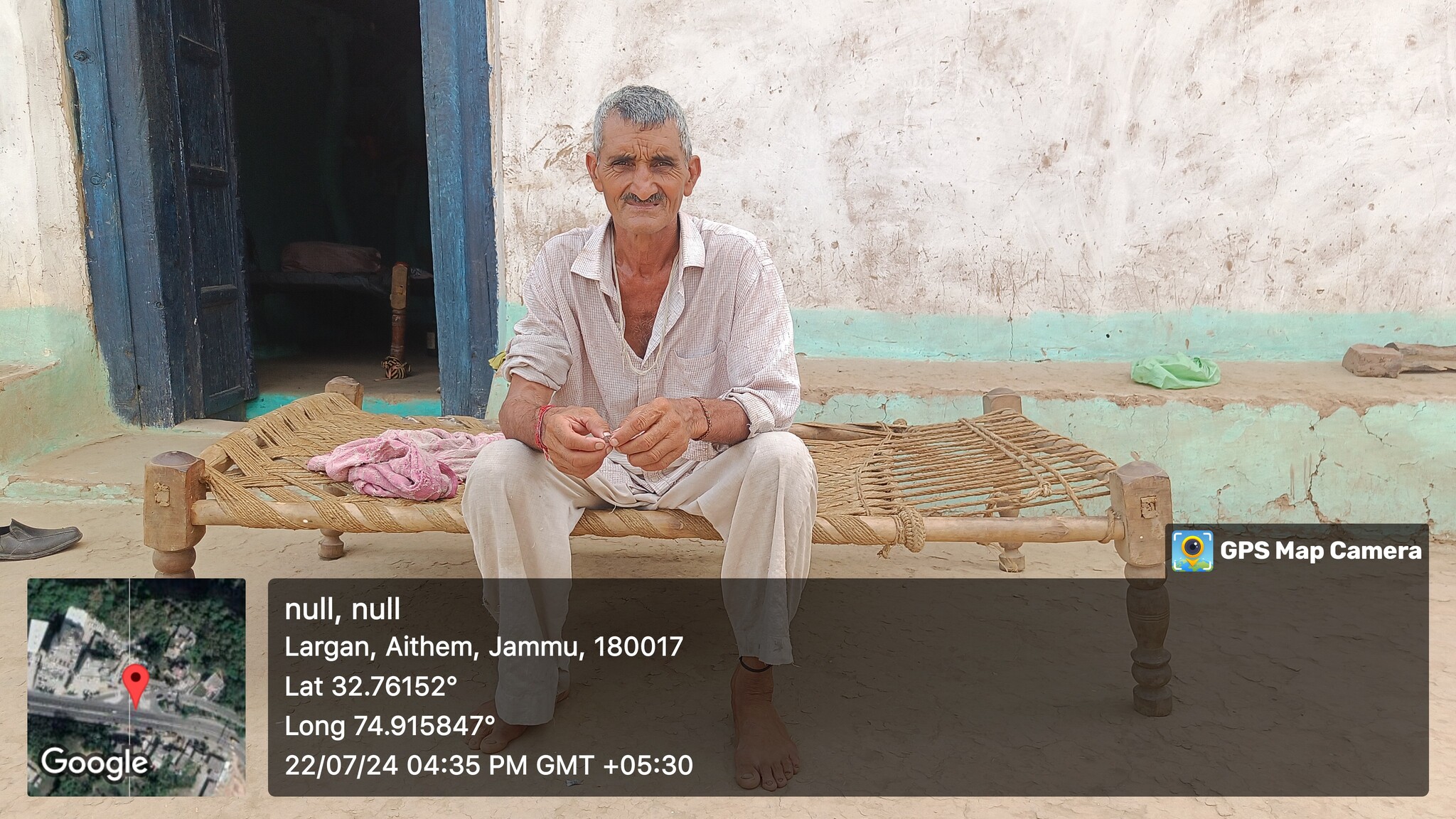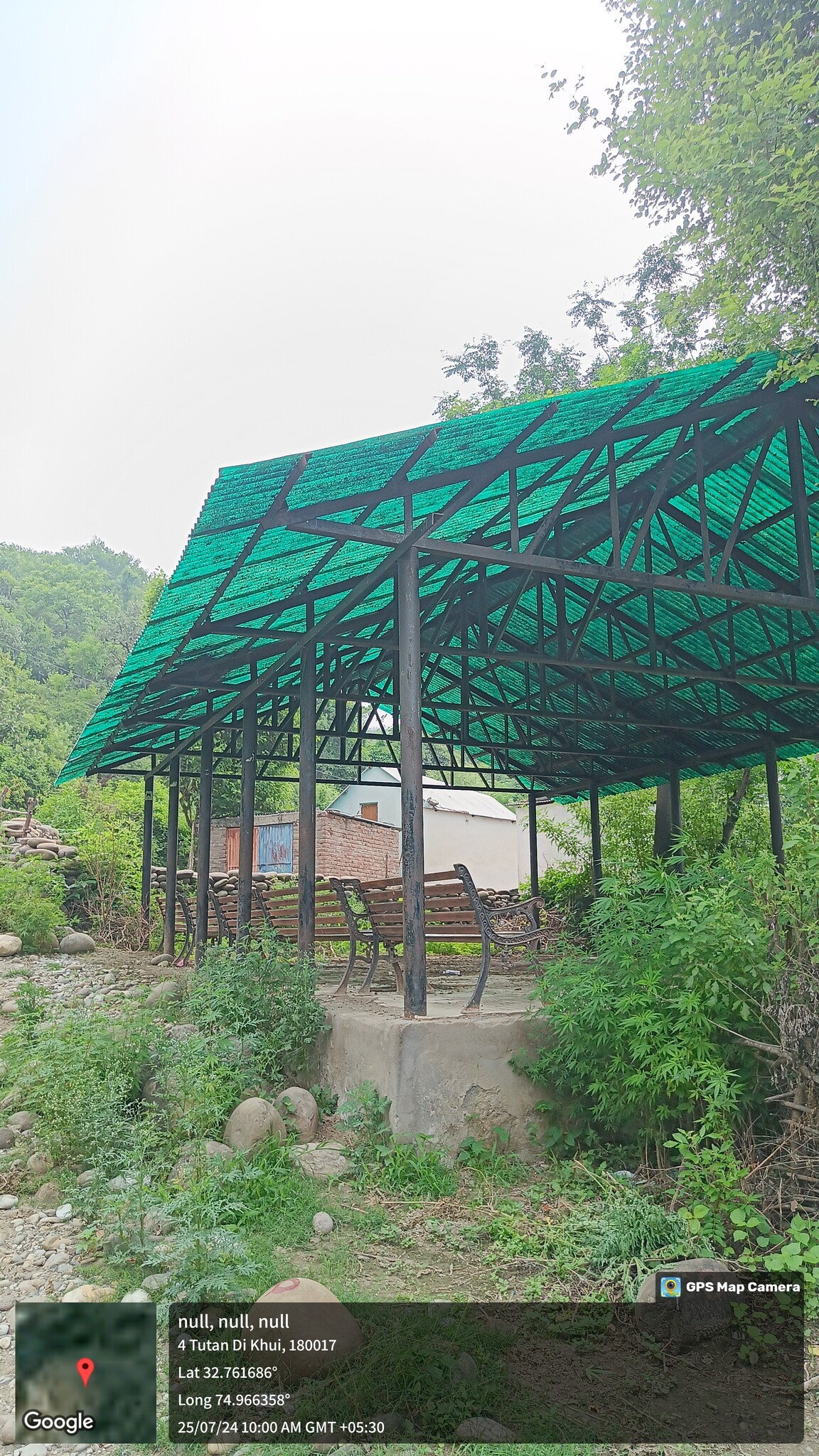Description
Introduction to Largan
Largan, a village in the Jammu district of Jammu and Kashmir, lies about 2 km from Aithem and can also be accessed from an alternative route through Nagrota, approximately 7-8 km away. From Nagrota, visitors need to walk 2-3 km on footpaths to reach the village, while from Aithem, it’s a roughly 2 km walk. For those unable or unwilling to walk, camel rides and palki's are available to make the journey easier.
Known for its cultural heritage and deep-rooted traditions, Largan is home to the revered Bhaed Devta temple, a key religious site where villagers and visitors gather for worship. This temple is a source of spiritual devotion and community pride. Like many villages in the region, Largan is marked by its scenic beauty and simplicity, making it a tranquil and culturally rich spot within the Union Territory.
Population and Urbanization
Largan, a small village in the Jammu district of Jammu and Kashmir, is home to around 50-60 households with a population of about 300-400 people, primarily farmers and laborers, with some serving in defense or government roles. The village is known for its culturally significant Bhaed Devta temple, which draws visitors from nearby regions. The infrastructure in Largan is modest, with limited road connectivity, making walking the primary mode of travel within the village. The majority of villagers still reside in traditional mud and stone houses, which provide natural insulation and are well-suited to the environment. Education for young children is provided by a primary school and an Anganwadi center, while basic playgrounds offer spaces for recreation, preserving a lifestyle that honors tradition and harmony with nature.
Culture and Traditions
The cultural heritage of the village is marked by the simplicity and warmth of its people, renowned for their innocence and hospitality. Central to village identity is the temple dedicated to Baba Pahed Devta, who is believed to have blessed the region with the River Tawi, alleviating water scarcity in Jammu. This revered temple attracts devotees from far-off places, including Delhi and Punjab, especially on Sundays, Tuesdays, and during festivals.
Situated amidst the picturesque hills of Jammu along the River Tawi, the temple is accessible via a scenic 2-3 kilometer trek. It is also believed that Baba Pahed was the Kuldevta of the royal family, including Maharaja Hari Singh Ji. The village offers a peaceful lifestyle, with residents living harmoniously with nature.
Traditional architecture is evident in the village, with homes constructed from mud, stone, and wood. These age-old structures remain cool in summer and warm in winter, providing comfort without modern amenities.
Culinary traditions are rich, with food cooked over wood fires on a traditional "Chulha" (clay hearth), adding a unique flavor. Agriculture follows traditional practices, with some villagers using modern tractors, while many rely on oxen and a "Hal" (plow) for cultivation.
Villagers also use "Khaat," a traditional wooden bed with sturdy ropes ("Saan"), showcasing their connection to the land.
Tourist Attractions
The village offers a range of attractions that showcase its natural beauty, historical importance, and cultural richness:
1. Baba Pahed Devta Temple: This sacred site is central to the village's heritage. Believed to have been blessed by Baba Pahed, who provided the River Tawi, it is reached via a scenic 2-3 km trek with stunning views.
2. Natural Scenery: - Jammu Tawi River: Located along the riverbanks, the area offers tranquil views and a peaceful setting. - Mountain Views: The village, nestled in the hills, provides panoramic mountain vistas ideal for nature walks and photography.
3. Traditional Architecture: - Historic Houses: Traditional mud, stone, and wood homes reflect the region's architectural heritage, showcasing age-old craftsmanship and sustainable practices.
4. Cultural Experiences: - Local Cuisine: Experience traditional wood-fired cooking (Chulhas) with rich, regional flavors. - Agricultural Practices: Witness traditional farming methods, including oxen plowing, a practice passed down through generations.
5. Community and Lifestyle: The village's serene lifestyle, hospitality, and deep-rooted traditions offer a genuine cultural experience. Visitors can interact with locals and learn about their customs and rural life.
Best Time to Visit
The best time to visit the village is during the winter months when cooler temperatures make it more comfortable to explore the area, especially the scenic trek to the Baba Pahed Devta Temple. Winter also provides clear views of the surrounding hills and the Jammu Tawi River, enhancing the natural beauty of the landscape. Visitors can also plan their trip around local festivals, such as Baisakhi, when the village comes alive with celebrations, adding a unique cultural experience to the visit.
Traditional Dishes and Festive Meals
1. Roat: -A traditional sweet treat made from jaggery and wheat flour, often enjoyed during special occasions. Mix jaggery with hot water, cool it, then mix with wheat flour and dry fruits. Shape into rotis and cook on a hot griddle with ghee or oil until golden brown. Serve warm or at room temperature.
2. Quier: -A crispy and sweet delicacy made by frying maida batter in a jalebi-like design, perfect with sugar and curd. Mix maida with water to form a thick batter. Heat ghee or oil, pipe the batter into the hot ghee in a swirling design, and fry until golden and crisp. Serve with sugar and curd.
3. Khamire: -A thicker than usual roti, made with baking powder and cooked either on a griddle or fried for extra crispness. Mix flour, baking powder, and salt, then add water to form a dough. Let it rest for 30 minutes. Roll into thick circles, cook on a hot griddle until golden, or fry in ghee or oil for extra crispness. Serve warm.
4. Ambal: - A simple, crispy rice flour dish that pairs well with yogurt or as a side with meals. Mix a batter of rice flour and water, then pour it into a hot pan, and cook until it forms a thin, crispy layer. Serve with yogurt or as a side dish with meals.
Local Festivals
1. Drubdi Festival: Celebrated on Radha Ashtami, this festival sees the entire village coming together for Radha's puja. On this day, Roat is made and shared among everyone as part of the festivities.
2. Kharke (Harvest) Festival: This festival marks the harvest season, where villagers offer the first fruits of the season to their deities before consuming them. Roat is also prepared during this festival, celebrating the successful completion of the harvest.
3. Satsang: During Satsang, villagers gather to sing devotional songs and dance in worship of their deities. This event fosters community spirit and spiritual devotion.
4. General Festivals: In addition to the above, the village also celebrates various general festivals observed throughout India, engaging in a wide range of traditional and cultural activities.
Village Lifestyle and Values
The lifestyle of the village is marked by a peaceful and harmonious way of living. Villagers enjoy a serene existence, characterized by:
1. Community Spirit: Residents live in close-knit communities, fostering strong bonds with neighbors. They interact with each other in a friendly and cooperative manner, creating a sense of camaraderie.
2. Simplicity and Contentment: Life in the village is simple and focused on self-sufficiency. Villagers are content with their daily activities and remain distanced from the hustle and bustle of city life, finding joy in their routines and surroundings.
3. Traditional Living: The village maintains traditional practices and values. Homes are constructed using natural materials, and daily life revolves around traditional agriculture and local customs.
4. Cultural and Religious Observances: Festivals and rituals are central to village life, providing opportunities for communal celebration and religious observance. Events like the Drubdi Festival and Kharke Festival are integral to the village’s cultural heritage.
5. Natural Environment: The village benefits from the pure mountain air, pristine water from the hills, and chemical-free food, contributing to a healthy and sustainable way of life.
Overall, the village lifestyle is characterized by a peaceful and content existence, a strong sense of community, and a deep connection to traditional ways of life and the natural environment
Economic Activities: Occupations
In the village, the common occupations and industries include:
1. Farming: Most villagers are primarily engaged in agriculture, growing crops using traditional methods.
2. Animal Husbandry: Villagers keep livestock, such as cows and goats. They sell milk from cows and occasionally market goats, which helps cover household expenses.
3. Local Trade: Some villagers have established small shops near the temple, where they sell food and drinks to support their families.
4. Manual Labor: A few residents work as laborers locally or seek employment opportunities in nearby cities.
- These occupations collectively support the village's economy and provide livelihoods for its residents.
Community Engagement
In the village, community engagement is deeply rooted in everyday life and cultural practices:
1. Festivals and Religious Events: The village comes together for festivals and religious ceremonies such as the Drubdi Festival, Satsang and Kharke (Harvest) Festival. These events foster communal spirit and involve collective participation in rituals, celebrations, and traditional food preparation.
2. Community Support: Villagers often support one another through mutual assistance. They help each other with agricultural work, share resources, and offer aid during times of need, reflecting a strong sense of camaraderie.
3. Local Gatherings: Informal gatherings and interactions occur regularly, with residents meeting at local shops, the temple, or during communal activities. These interactions help maintain close relationships and a sense of belonging.
4. Temple Activities: The temple serves as a central point for community activities, including religious ceremonies, social gatherings, and celebrations. It acts as a hub for both spiritual and social engagement.
5. Absence of Formal Centers: There are no formal community centers or clubs in the village. Instead, community life is centered around traditional practices and informal gatherings.
Educational Facilities
In the village, there are two educational facilities:
1. Government Middle School: This primary school offers education up to the 8th grade. After completing 8th grade, students typically go to schools in neighboring villages for further studies.
2. Anganwadi Center: The village also has an Anganwadi center, providing early childhood education and care for younger children, serving as a preschool.
For higher education, villagers must travel to nearby towns or cities, as the village lacks facilities beyond the 8th grade.
Accessibility and Transport Connections
By Road:
1. Private Vehicles: Visitors can drive to Katal Batal or Aithem bus stands using personal vehicles. From these bus stands, which are about 2-3 km from the village, visitors need to walk to the village.
2. Public Buses: Public buses from Jammu bus stand provide direct services to Katal Batal and Aithem bus stands. From there, visitors will need to walk to the village.
-Transportation options within the village include:
1. Walking: The most common and practical mode of transportation due to narrow and unpaved paths.
2. Camels: Visitors can book camels for transportation to the temple or other areas within the village.
3. Palki: A traditional palki is also available for transport to the temple, offering a unique and culturally immersive experience.
These options cater to both locals and visitors, enhancing the traditional and scenic aspects of traveling within the village.
Local Businesses
Local businesses and startups originating from the village include:
1. Traditional Craft Shops: Some villagers craft traditional farming tools, such as plows (hal), by hand. These handcrafted items are part of the local economy and reflect the village's dedication to preserving traditional skills and practices.
2.Food and Beverage Stalls: Near the temple and bus stands, local entrepreneurs have set up small eateries and stalls offering traditional food and beverages, such as local sweets and snacks.
3. Animal Husbandry Ventures: Several villagers have started small-scale businesses related to animal husbandry, such as dairy production and goat farming, contributing to the local economy and providing products to nearby markets.
4. Agricultural Ventures: Some villagers have diversified their agricultural practices into niche markets, growing specialty crops or engaging in organic farming, which helps in increasing their income and supporting sustainable practices.
These local businesses and startups play a vital role in the village’s economic development and help in maintaining its cultural heritage.
Healthcare Facilities
Healthcare facilities in the village are limited:
1. General Medicines: Since there is no dedicated medical shop in the village, residents typically keep a stock of general medicines for common ailments.
2. Medical Needs: For more specialized medical care or emergencies, villagers need to travel to nearby towns or cities, where they can access medical facilities and services.
The lack of a local medical shop highlights a potential opportunity for improving healthcare services in the village
Entertainment Activities
In the village, popular entertainment activities include:
1. Boating: Visitors can enjoy leisurely boat rides on the picturesque Jammu Tawi River, offering scenic views and a relaxing experience.
2. Camel Riding: Camel riding is another popular activity, providing a unique and enjoyable way to explore the village and its surroundings.
These activities offer both locals and visitors opportunities for recreation and enjoyment in the natural beauty of the area.
Biodiversity: Flora and Fauna
The forest surrounding Largan is home to various species, including leopards, peacocks, monkeys, and parrots, alongside a rich array of plants like-
1. Silver Ferns: These ferns, sometimes referred to as "Silver and Gold Tattoo Ferns," can leave a temporary tattoo-like impression when touched.
2. Shatriya Mushrooms: Known locally in Dogri as "Shatriya," these mushrooms grow during the monsoon season and are a distinctive feature of the local ecosystem.
This biodiversity not only enriches the local ecosystem but also adds to the village’s scenic allure, making it a destination where natural beauty meets cultural heritage.
Photos
Videos
Location Map
Contact Information
| Address |
Village Largan, Aithem, Jammu, Jammu and Kashmir, 180017 |
| Phone Number |
9622401938 |
| Email Address |







